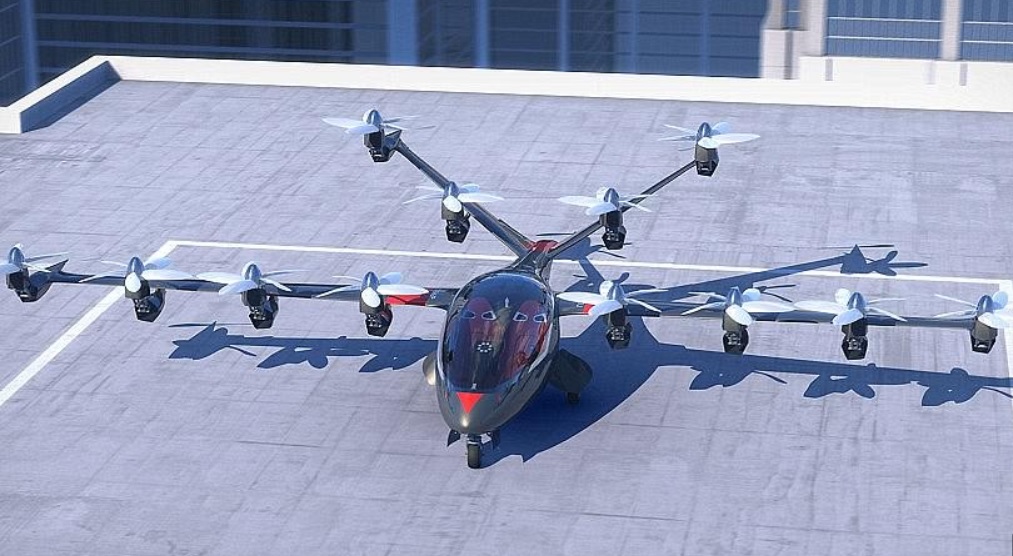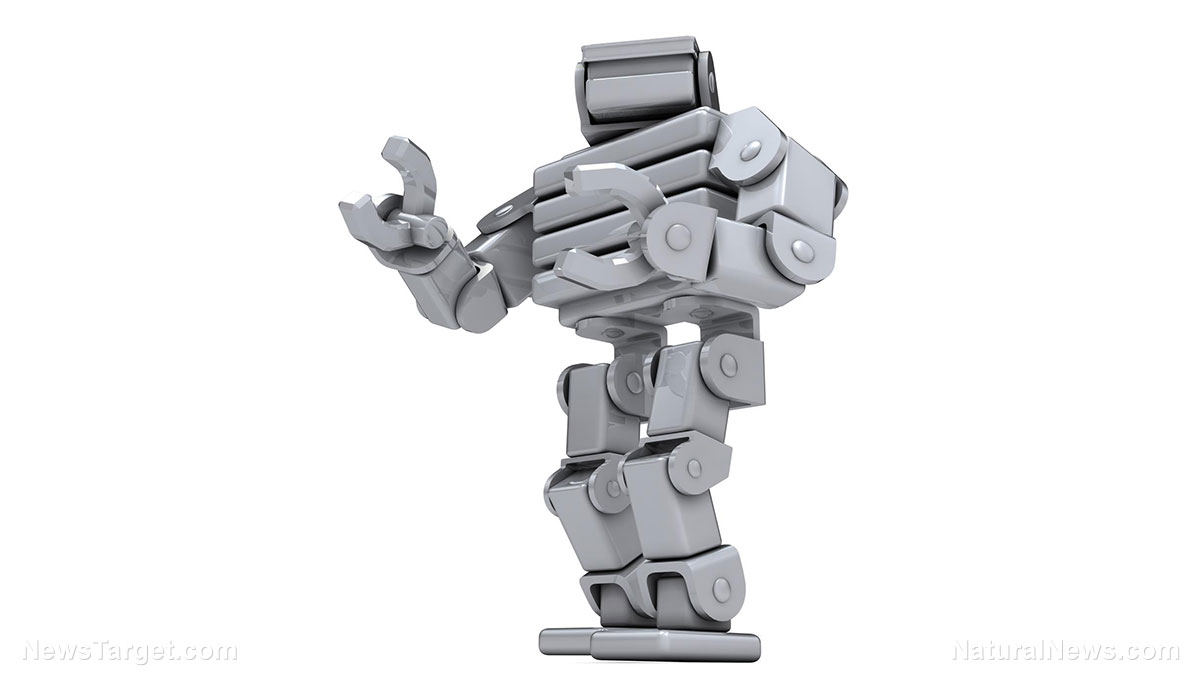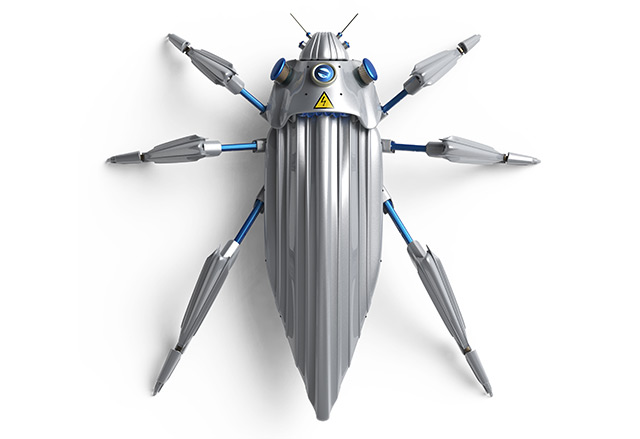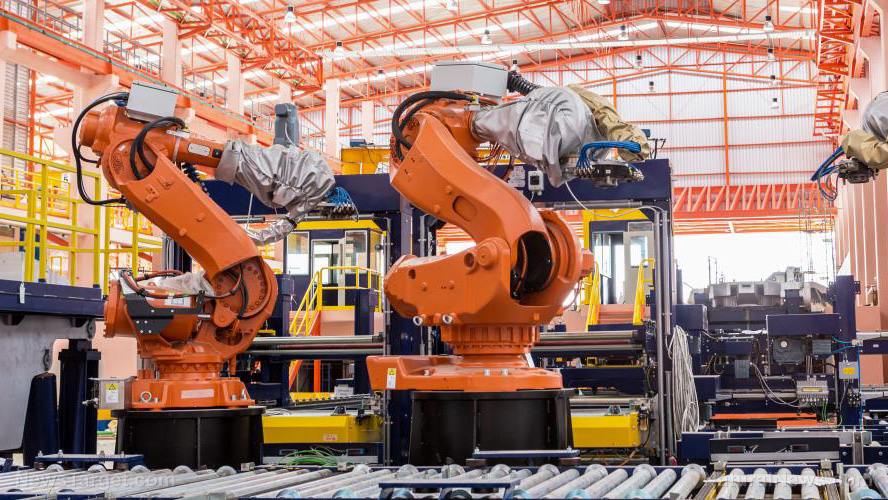Many present-day conveniences are rooted in once-exclusive space industry innovations. As it turns out, the same can also apply to certain types of high-level medical equipment. Back in the 1980s, the National Aeronautics and Space Administration (NASA) came up with Canadarm, a robotic manipulation system that was designed to be used in zero gravity environments. Over the decades its core technology has been improved over and over again, and now it serves as the basis for a number of different medical spin-offs.
At the moment, the International Space Station (ISS) uses a later version of Canadarm, called simply Canadarm2. First launched in 2001, this robotic arm has served as an essential tool in the space station’s daily operations. Unlike the original Canadarm, the original goal for Canadarm2 is said to be to assist in early construction of the ISS. But, it’s also being used to capture visiting cargo spacecraft. In many ways, it’s a perfect representation of the ISS itself.
As Ken Podwalski, the space station’s program manager, states in a new video, the ISS is modular, and that has many applications. “The International Space Station was essentially designed like a Lego toy, with lots of big pieces that could be put together,” he said. “Some of those pieces are going to be about the size of a city bus. We needed a way of manipulating and moving these big pieces and very precisely putting them together.”
The need for that specialized way of manipulating the bigger pieces is what spurred the creation of Canadarm in the first place. It’s difficult to overstate its importance in inspiring further innovation and newer inventions. One field in particular that has benefited tremendously from its existence is the medical field. Indeed, the high precision tech that was first intended for use in space has proven quite helpful in standard Earth-based surgeries. (Related: Science experiments on the space station: Innovative “bone glue” may stimulate bone growth, treat osteoporosis.)
In 2013, a company called Synaptive Medical worked with a contractor called Maxar Technologies (which was formerly known as MacDonald, Dettwiler and Associates or MDA), and the result of their collaboration was one spin-off version of Canadarm that they called the BrightMatter Drive. Some time later, a newer version of it called Modus V came out. And according to the CSA, this technology is used in a total of 30 different hospitals across North America today.
According to Gavin Britz, the chairman of neurosurgery at the Houston Methodist Hospital, he understood just how useful these kinds of technologies can be after having the chance to use them. “What this arm does is it follows you and it tracks you,” he said. “It speeds up efficiency.”
Meanwhile, Josh Richmond, the director of engineering at Synaptive’s, has stated that the technology showed great promise even back when it was used exclusively in space. “Knowing that MDA has done this before in space, we thought it would be very easy for them to bring that experience and that technology into the neurosurgical area,” he said, “and help us with our medical robotics.”
As of this time’s writing, a bunch of other medical spin-offs have been created using the main Canadarm technology at their cores. Some examples include the Image-Guided Autonomous Robot, which was made to help with breast cancer surgeries, and the neuroArm, which conducts surgery inside of magnetic resonance machines. Don’t be surprised if even more medical spin-off technologies get created because of it in the future.
Read more about the current state of robotics technology in Robots.news.
Sources include:
Space.com
YouTube.com
ASC-CSA.gc.ca





















